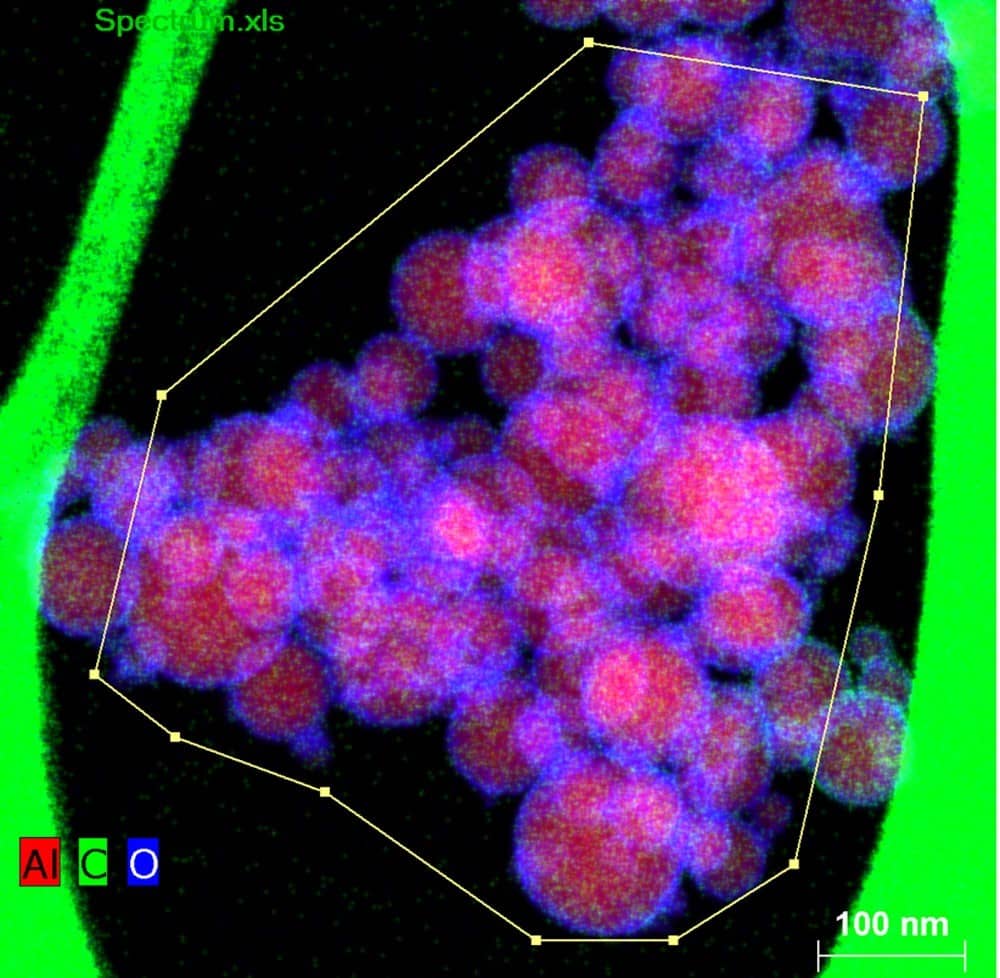Material scientists from the US Army and Department of Energy conducted a study of plasma-treated aluminum nanoparticles with the goal of improving future propellants and explosives. According to the US Army.
Researchers investigated a new class of surface-engineered aluminum nanoparticles. The research work has been published in the Journal of Applied Physics.
The research paper presents results from the study of aluminum nanoparticles for use as novel energetic ingredients in propellant and explosive formulation.
Follow us on Google News to get the latest defense news and analysis
The researchers from the US Army Combat Capabilities Development Command (known as DEVCOM), Army Research Laboratory, and the Center for Nanoscale Materials at the Argonne National Laboratory have conducted the research.
Dr. Chi-Chin Wu, a material scientist at the laboratory said, “The ultimate goal of the effort is to extend the range and disruptive power of Army weapon systems.” Dr. Wu is leading the research work and also the author of the research paper.
Technical details of the research work:
Dr. Chi-Chin Wu said the study exploits plasma-based surface treatment and chemical synthesis techniques.
Dr. Wu further added, “images and data obtained from two state-of-the-art transmission electron microscopes at the Center for Nanoscale Materials at the Argonne National Laboratory revealed valuable information on oxide shell phase transformation and the dispersive nature of the deposited carbonaceous material. This provides tremendous insight for further optimization.”
Turkey speeds up working on anti-ballistic missile program
The study explains the new plasma approach increases the reactivity of commercial 40-60 nanometer particles. For comparison, a human hair is typically 60,000 nanometers in width.

According to Dr. Wu, the method involves first treating with a helium plasma to etch away a significant portion of their inert oxide shell and then treating with a helium/carbon monoxide plasma to deposit a reactive surface coating.
Plasma science is yet to be sufficiently explored in the energetics community as it is a fascinating emerging technology for many applications.
“All this is done in a custom dielectric barrier discharge plasma reactor. The resultant particles were then characterized by high-resolution transmission electron microscopy revealing important nanoscale surface and chemical composition features. We are constantly seeking new energetic materials with higher energy densities and faster energy release rates.” Wu said.
Plasma treatment and synthesis, combined with comprehensive material characterization, is critically important for optimizing methodologies and materials for scale-up and transition, according to Wu.
Benefit of research work for US Military:
Dr. Rose Pesce-Rodriguez, another scientist from the laboratory and co-author of the study, said the technique developed by Dr. Wu has opened new possibilities for the US Army to effectively surface-engineer metallic nanoparticles for energetics applications.
Dr. Rose further added, “aluminum is just the first example. Since 2018, several parallel efforts involving in-house, DOD, DOE, and academic collaborations have blossomed. Making headway on this problem is difficult because samples are so small and require specialized technology to image and analyze.”
Lockheed Martin’s secret new flight vehicle “Speed Racer” project
Dr. Wu said her ultimate goal is for DEVCOM-ARL to develop and transition energetics materials through a unique combination of innovative plasma technologies and advanced materials characterization techniques.
” It brings material science expertise into energetics for advancing future weapon systems,” she said.
The regional lead of ARL Central in the Chicago area, Dr. Mark Tschopp, said this is a great example of collaboration between the Army and the Department of Energy.
Analysis:
The US Army is conducting extensive research in future technologies to develop such advanced weapon systems that will put them one step ahead of their adversaries.
The current research conducted by Dr. Wu will help the US Army to develop weapons that are more explosive in nature and have very low weight as compared to the weapons already in the inventory.


